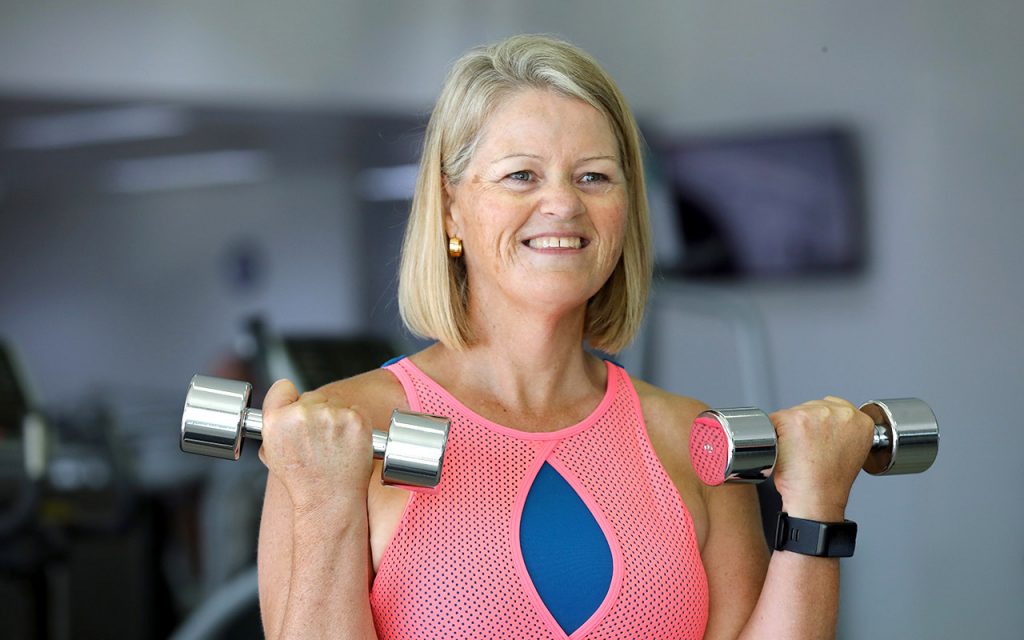Osteoporosis is a condition of low bone mass, leading to a higher risk of fracture. As bones become more brittle the chance of fracture increases, potentially leading to chronic pain, a loss of independence and disability.
Osteoporosis statistics
- Of Australians over 50, 66% have low or very low bone mass.
- 42% of women and 27% of men will suffer from a fracture after the age of 50.
- Women lose approximately 2% of bone per year after menopause.
- The spine, wrist, hip, humerus and ribs are the most common fracture sites but any bone can be affected.
- Hip fractures have been found to be as much as 38-45% lower in older adults who are physically active.
- Heavy resistance training has been shown to have the most positive effect on slowing the progression of the condition.
Women are at a greater risk of developing osteoporosis, with one in 4 women over the age of 75 having the disease. This is due to a rapid decline in oestrogen levels during menopause. Women who suffer a fracture, are over four times as likely to have another fracture within the next year.
5 benefits of exercise for osteoporosis
- Reduction of bone loss
- Increased muscle strength and stability
- Conservation of remaining bone tissue
- Improved balance, coordination and mobility
- Reduced fracture risk caused by falls
What type of exercise is good for osteoporosis
WEIGHT-BEARING EXERCISE
The maximisation of bone mass throughout life requires engagement in a wide variety of weight-bearing activities that will impart high-impact forces on the bones. Examples include running (emphasising speed rather than duration), jumping and hopping (all directions), skipping, and sports that include those fundamental activities such as volleyball, basketball, netball, ballet, tennis, squash, racquetball, football, and field hockey.
RESISTANCE TRAINING
High-intensity resistance training is required to stimulate notable bone adaptation through muscle loading. Even people with markedly low bone mass who are highly deconditioned or frail (high risk) can strive for high-intensity resistance training but should only do so with full supervision from an accredited exercise physiologist or physiotherapist. The timeline of progression should be very slow with a focus on mobility and technique.
BALANCE TRAINING
Balance exercises will improve lower extremity neuromuscular function and thus prevent falls.
Supervision by an exercise physiologist can help with osteoporosis
The key to effective exercise for osteoporosis is supervision by a qualified professional. Club Active offers initial assessment and individualised programming specific to you and the severity of your condition. We also offer a range of great classes designed to help with all aspects of your life including strength, balance, Tai Chi and aerobic training options. Club Active exercise physiologists can suggest the best classes for you.
If you would like to learn more, please contact our friendly team today.
Sources: Osteoporosis Australia, US National Institute of Health, Australian Institute of Health and Welfare



